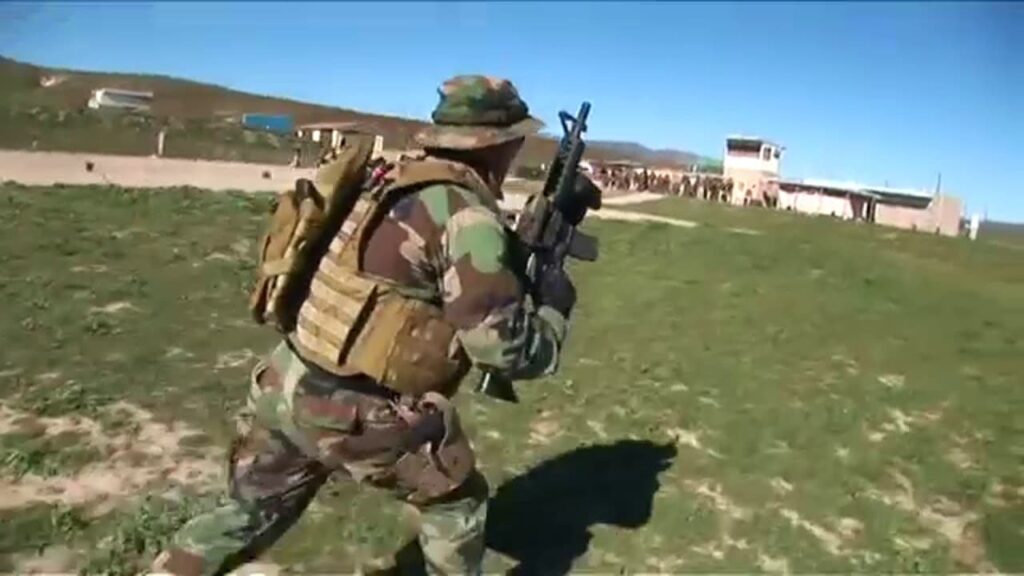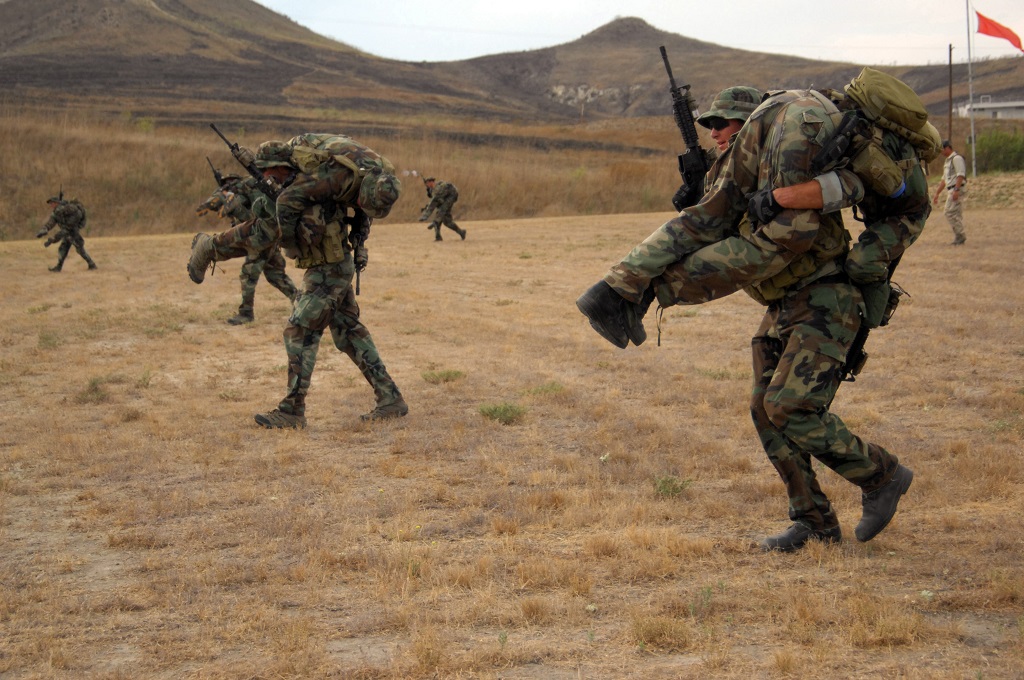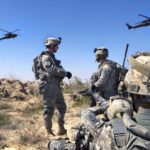The journey to becoming a member of the United States Navy SEALs is one of the most physically and mentally demanding processes in the military. Navy SEAL training is designed to push candidates to their limits and beyond, testing endurance, strength, mental resilience, and tactical prowess. This training regimen ensures that only the most capable and dedicated individuals earn the right to wear the coveted SEAL Trident.
Basic Underwater Demolition/SEAL (BUD/S) Training
Phase 1: Physical Conditioning
- The first phase of BUD/S, lasting approximately seven weeks, is centered on physical conditioning. This phase includes rigorous physical exercises like running, swimming, calisthenics, and obstacle courses.
- Hell Week: The hallmark of Phase 1 is “Hell Week,” a grueling test of physical stamina and mental grit. During this week, candidates undergo continuous training for five and a half days with only about four hours of sleep in total. This period is notorious for its high dropout rate and is designed to weed out those who lack the necessary commitment and endurance.
Phase 2: Combat Diving
- Lasting seven weeks, this phase introduces candidates to the basics of combat swimming and underwater skills. This phase is crucial as SEALs are expected to be adept at underwater operations.
- The training includes scuba diving techniques and long-distance underwater transit exercises, demanding high comfort and competence in aquatic environments.
Phase 3: Land Warfare
- This seven-week phase covers the essentials of land warfare. Basic weapon handling, demolitions, small-unit tactics, and reconnaissance skills are taught.
- Candidates are exposed to realistic combat scenarios, teaching them how to operate and make decisions in high-pressure environments.

SEAL Qualification Training (SQT)
- Following BUD/S, candidates advance to SQT, a 26-week program that further hones their skills.
- Advanced Combat Training: This phase includes advanced training in weapons, demolitions, land navigation, and tactics. Candidates also undergo survival, evasion, resistance, and escape (SERE) training.
- Maritime Operations: As SEALs are expected to perform a variety of maritime operations, this phase includes training in maritime navigation, ship boarding, and other amphibious skills.
- Upon successful completion of SQT, candidates are awarded the Navy SEAL Trident, marking them as fully qualified SEALs.
Post-Graduation Advanced Training
- SEALs continuously undergo specialized training throughout their careers. This includes free-fall parachuting, sniper training, language courses, and advanced close-quarters combat.
- SEALs must stay ready for a wide array of missions, ranging from counter-terrorism to unconventional warfare, and thus, their training is ongoing and evolves with changing tactical and technological advancements.

Emphasis on Mental Toughness and Leadership
- Mental resilience is a critical focus of SEAL training. Candidates are constantly placed in stressful situations to develop their mental toughness, decision-making skills, and ability to operate under extreme conditions.
- Leadership and teamwork are heavily emphasized. SEALs operate in small, tightly knit teams, and each member must be capable of leading and making critical decisions.
Ethical and Moral Training
- SEALs are trained to maintain the highest ethical and moral standards. This aspect of training ensures that they conduct themselves honorably on and off the battlefield.
Navy SEAL training is more than a test of physical strength; it is a comprehensive program designed to produce elite warriors who are mentally robust, tactically skilled, and capable of performing in the most demanding environments. The training molds individuals into team players, leaders, and ethical warriors, ensuring that SEALs remain one of the world’s most respected special operations forces.

